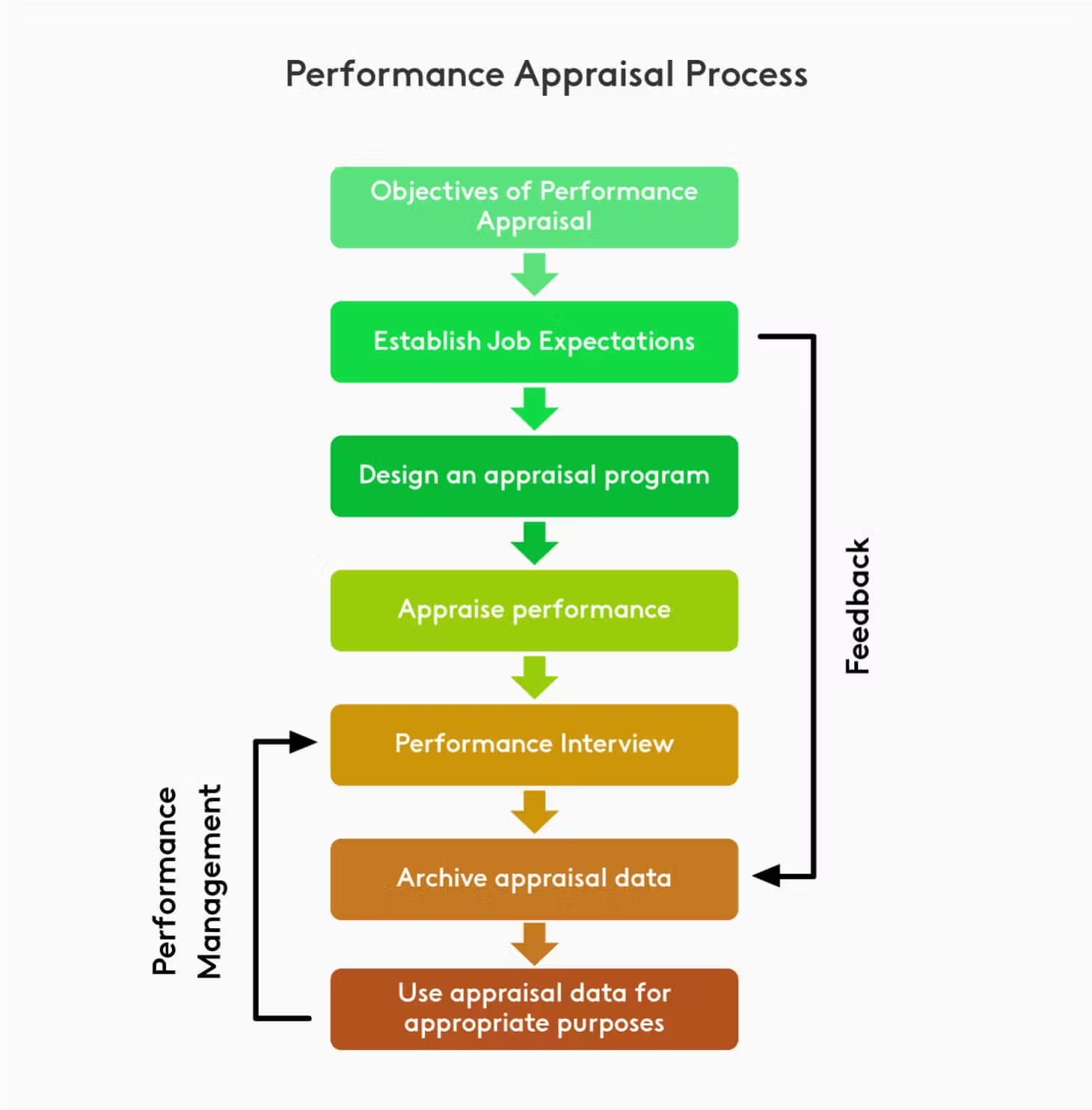Introduction
Performance appraisal is a systematic process by which an organization evaluates employee performance against established criteria. Its role extends beyond administrative purposes to developmental and strategic functions. However, despite its importance, organizations often face barriers that reduce the effectiveness of appraisal systems. According to Cascio and Aguinis (2018), performance appraisal is both a managerial tool and a psychological process that must account for fairness, motivation, and employee perceptions. This dual role creates opportunities as well as challenges in its implementation.

Performance Analysis
Purpose of Performance Appraisal
The purpose of performance appraisal can be broadly classified into three categories: administrative, developmental, and strategic.
Performance Management
- Administrative purposes: Appraisal data support decisions regarding promotions, terminations, salary adjustments, and succession planning (Cascio, 2010).
- Developmental purposes: Feedback from appraisals identifies employee strengths and weaknesses, guiding training and career development initiatives (Aamodt, 2015).
- Strategic purposes: Appraisals align individual performance with organizational objectives, ensuring employees contribute to long-term goals (Cascio & Aguinis, 2018).
Thus, performance appraisals not only measure past performance but also influence future growth and alignment within the organization.
Barriers to Implementation
Despite their importance, several barriers hinder effective appraisal implementation. Aamodt (2015) identifies common rater errors, including leniency, severity, central tendency, and halo effects, which compromise objectivity. Cascio (2010) emphasizes that lack of evaluator training contributes significantly to inaccurate and biased assessments.
Organizational culture also plays a role. In cultures resistant to feedback, employees may perceive appraisals as punitive rather than developmental, leading to disengagement (Cascio & Aguinis, 2018). Additionally, employees may resist appraisal processes when they lack transparency or when they believe evaluations are not tied to meaningful outcomes.
Determining Who Should Evaluate Performance
The question of who should conduct appraisals has evolved with organizational needs. Traditional systems relied primarily on supervisors; however, modern organizations increasingly incorporate multiple perspectives:
- Supervisors: Offer insight into job performance and task completion.
- Peers: Provide feedback on teamwork and collaboration.
- Subordinates: Offer upward evaluations of leadership effectiveness.
- Self-assessments: Promote employee self-reflection and ownership of performance.
- 360-degree feedback: Combines multiple perspectives for a holistic evaluation (Cascio & Aguinis, 2018).
This multi-source approach reduces bias and enhances the credibility of appraisal systems.
Benefits and Limitations
Performance appraisal systems offer several benefits:
- Enhanced motivation: Constructive feedback fosters accountability and growth (Aamodt, 2015).
- Data for decision-making: Appraisals inform promotions, rewards, and development programs (Cascio, 2010).
- Strategic alignment: They ensure individual performance supports organizational objectives (Cascio & Aguinis, 2018).
However, limitations remain:
- Bias and subjectivity: Rater errors reduce the fairness of appraisals.
- Employee stress: Poorly executed appraisals may harm morale.
- Resource intensity: Effective appraisal systems are costly and time-consuming to implement (Cascio, 2010)
Conclusion
Performance appraisal systems are indispensable for evaluating and enhancing employee performance, but their effectiveness depends on careful design and fair implementation. By addressing barriers such as bias and resistance, and by adopting multi-source evaluation systems, organizations can maximize the benefits while minimizing limitations. As Cascio (2010) emphasizes, successful appraisal systems are those that balance administrative, developmental, and strategic purposes, ensuring alignment between employee performance and organizational goals.
References
Aamodt, M. G. (2015). Industrial/organizational psychology: An applied approach. Cengage Lear
Niwlikar, B. A. (2025, August 20). Performance Appraisal System and 3 Important Benefits of It. Careershodh. https://www.careershodh.com/performance-appraisal/
